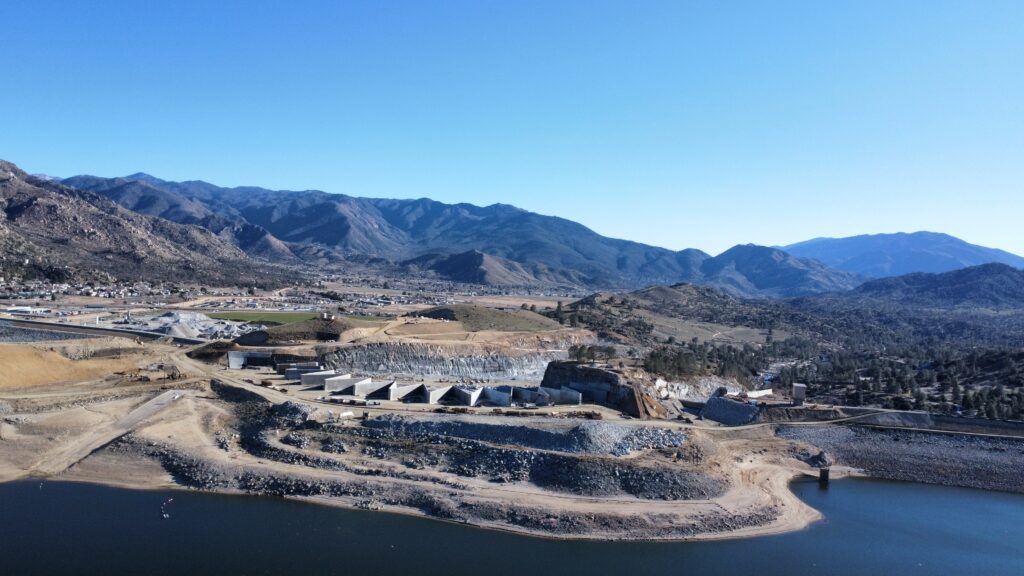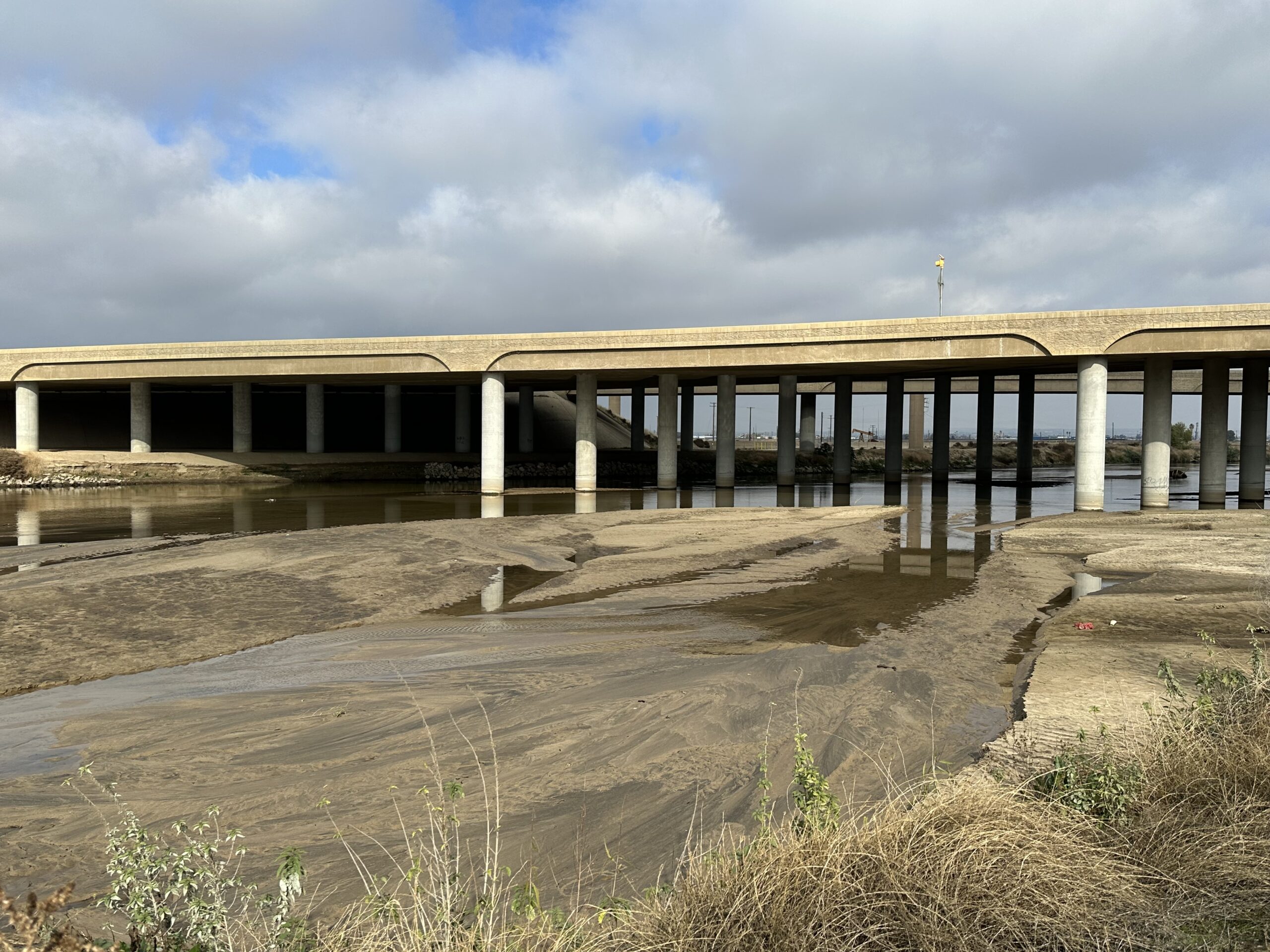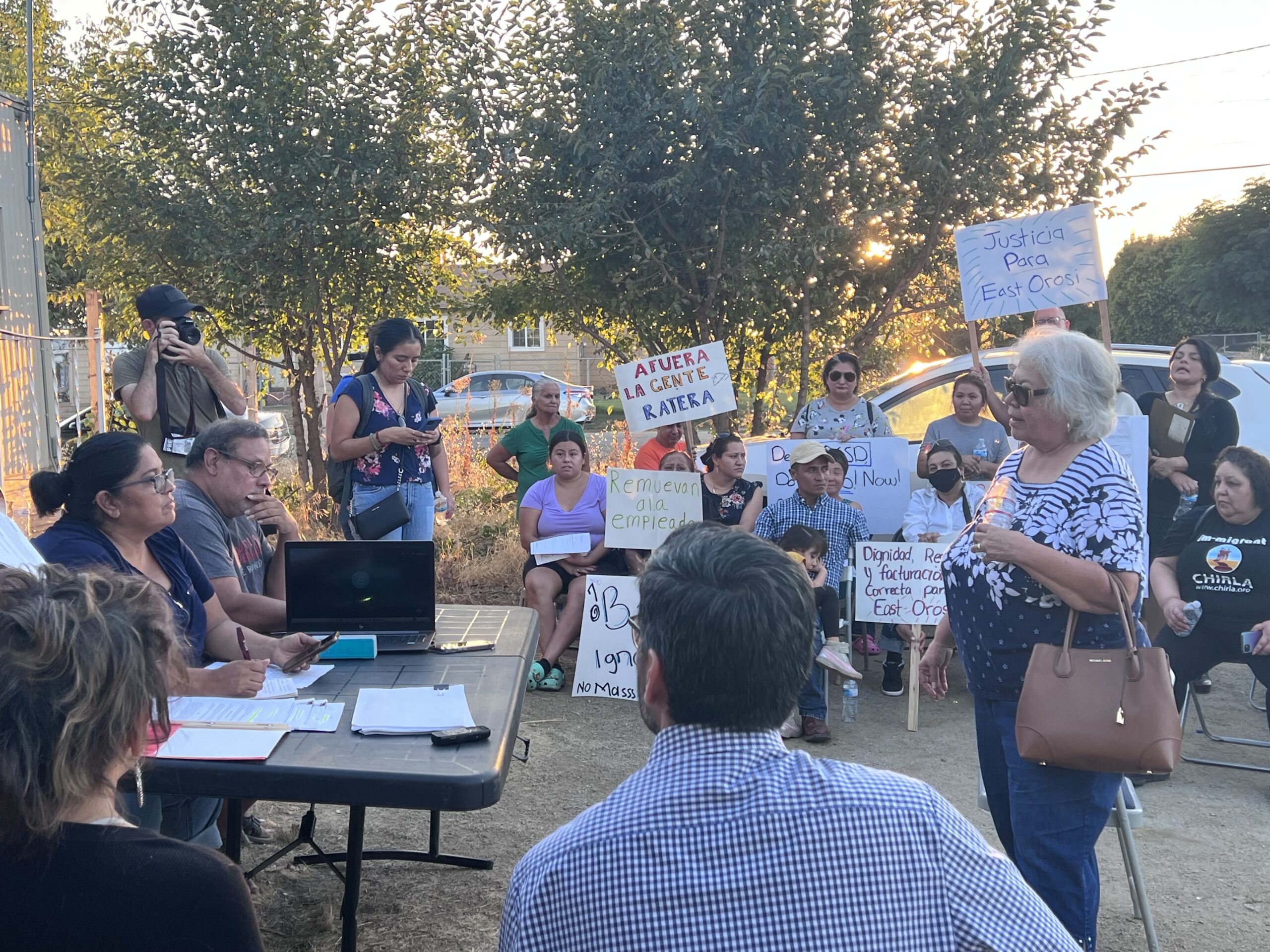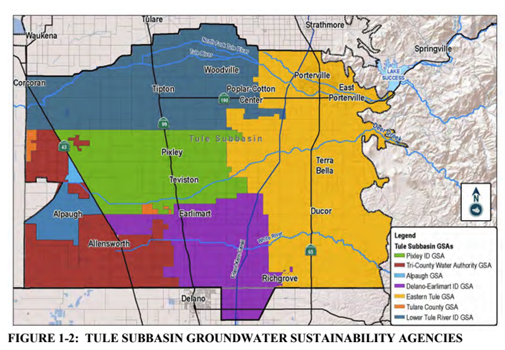Lake Isabella could be the next Central Valley reservoir to “fill and spill” as it is rising rapidly, with an estimated two million acre feet of water hunkered down in a record high snowpack and more storms coming.
The Kaweah and Success reservoirs in Tulare County have already reached that point, Success releasing water from its still-under-construction spillway on Monday and Kaweah using its spillway starting Wednesday.
The massive amount of inflow to Lake Isabella has been stunning and the lake is already approaching its “restricted” level of 360,000 acre feet.
“It been rising at almost 1,000 acre feet an hour,” said a clearly awe struck Kern River Water Master Mark Mulkay.
All expectations are that it will surpass the restricted level in short order even though the restriction is still technically in place.
The lake started the week at well below 200,000 acre feet, but had risen to nearly 334,00- acre feet by mid-morning Friday. Its full capacity is 568,000 acre feet.
But the Army Corps of Engineers, which operates Isabella, hasn’t removed the 360,000 acre-foot restriction just yet.
“The plan had been to fill the lake to 450,000 acre feet and then ‘pause’ it there for about 10 days so the Army Corps could test all its new equipment, see if it was getting more or less seepage than expected,” Mulkay said.
But with the amount of snow on the ground and more storms coming, Mulkay said a “pause and hold” scenario appears to be out the window.
With the amount of water coming into the lake now, and more expected as springtime temperatures melt accumulated snow, trying to “hold” the lake at 450,000 acre feet would be impossible. Outflow would have to be ramped up to between 10,000 and 12,000 cubic feet per second to keep the lake from overtopping, he said.
“At those levels, water would wipe out Highway 178, cover the Kern River oilfields in two feet of water, flood parts of Bakersfield and run the river all the way up to the Tulare Lake,” Mulkay said. “We cannot do that.”
Instead, the plan is to ramp up the current outflow of 1,300 cfs up to 5,000 cfs in the next couple weeks. He had initially predicted 3,000 cfs when SJV Water spoke with him earlier this week.
“It will likely run that high through August, maybe well into September.”
And we could see a few weeks of water going over the newly constructed “labyrinth weir” spillway, he said.
He tempered his predictions by explaining that a lot of these scenarios are based on models of what’s in the upper watershed because physical snow surveys haven’t been possible during all the recent extreme weather.
“Things are changing every day and it’s just getting bigger and bigger and bigger,” Mulkay said. “I did interviews with two TV news stations yesterday morning and by the time they aired at 5 and 11, the numbers I gave them were already grossly out of date.”
Share this:
- Click to share on Facebook (Opens in new window)
- Click to share on Twitter (Opens in new window)
- Click to share on LinkedIn (Opens in new window)
- Click to share on Reddit (Opens in new window)
- Click to share on Tumblr (Opens in new window)
- Click to share on Pinterest (Opens in new window)
- Click to share on Pocket (Opens in new window)
- Click to share on Telegram (Opens in new window)
- Click to share on WhatsApp (Opens in new window)
- Click to print (Opens in new window)







